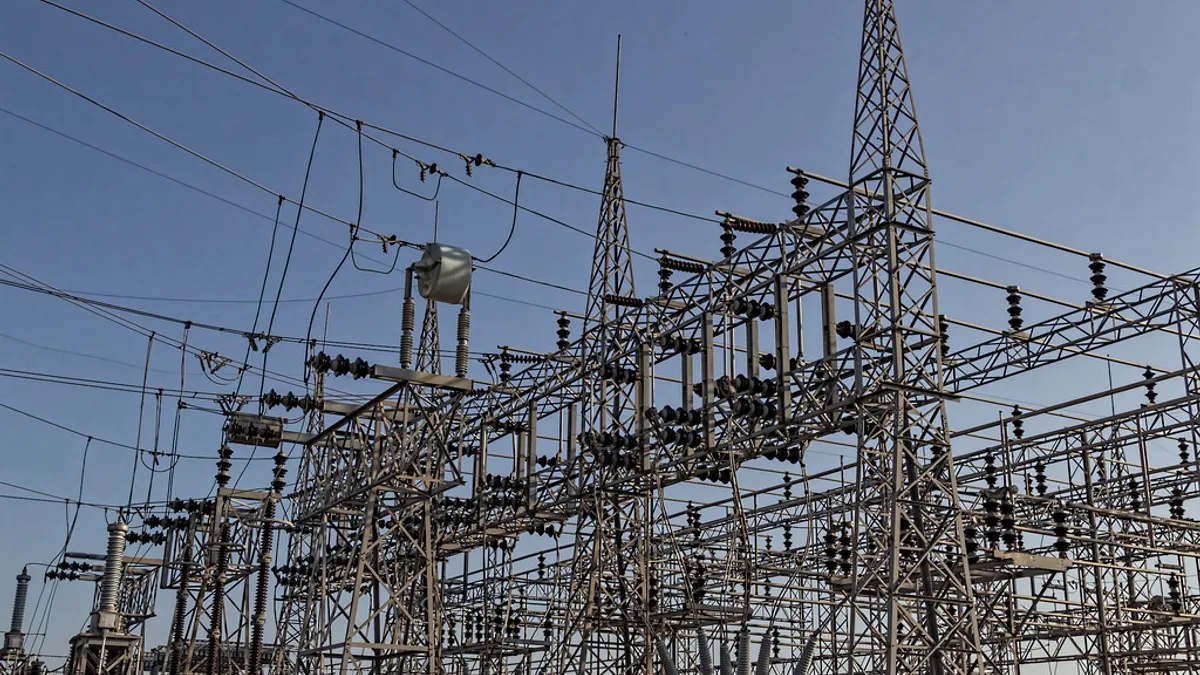Dive Brief:
- Southern California Edison (SCE) asked the California Public Utilities Commission for permission to upgrade the 561 MW Mesa substation in the Los Angeles basin to help manage electricity demand in the absence of the shuttered 2,250-MW San Onofre nuclear facility and in anticipation of the shuttering by 2020 of about 4,000 MW of thermal generation.
- The natural gas-powered thermal generation is being shuttered because of its reliance on ocean water in once-through system cooling technology.
- Increasing the 230-kV substation’s capability to 500-kV will allow for the import of power into the Los Angeles basin and avoid the need to build 300 MW to 640 MW of new fossil generation in the already air-polluted region, according to the California grid operator.
Dive Insight:
The substation upgrade allows SCE to bring power to the LA basin from the Tehachapi wind resource area, from Pacific Gas and Electric territory, and from the Pacific Northwest via the 500-kV bulk transmission network.
To manage a power system’s variability, a grid operator needs three things: (1) Energy, which is generation in the form of megawatt-hours, (2) capacity, which is the ability to meet the need for power even when system demand peaks, and (3) flexibility, which is the ability to change output as the system’s supply and demand change. This substation will deliver more energy, will make it possible to shift to whatever capacity is available, and allow for rapid shifting between the grid's full range of resources.
The system’s increased geographic diversity and flexibility increases the California grid operator’s option to use more renewables without compromising reliability.It also allows the grid operator to draw on the lowest cost of generation, creating savings that are passed directly to electricity customers.













